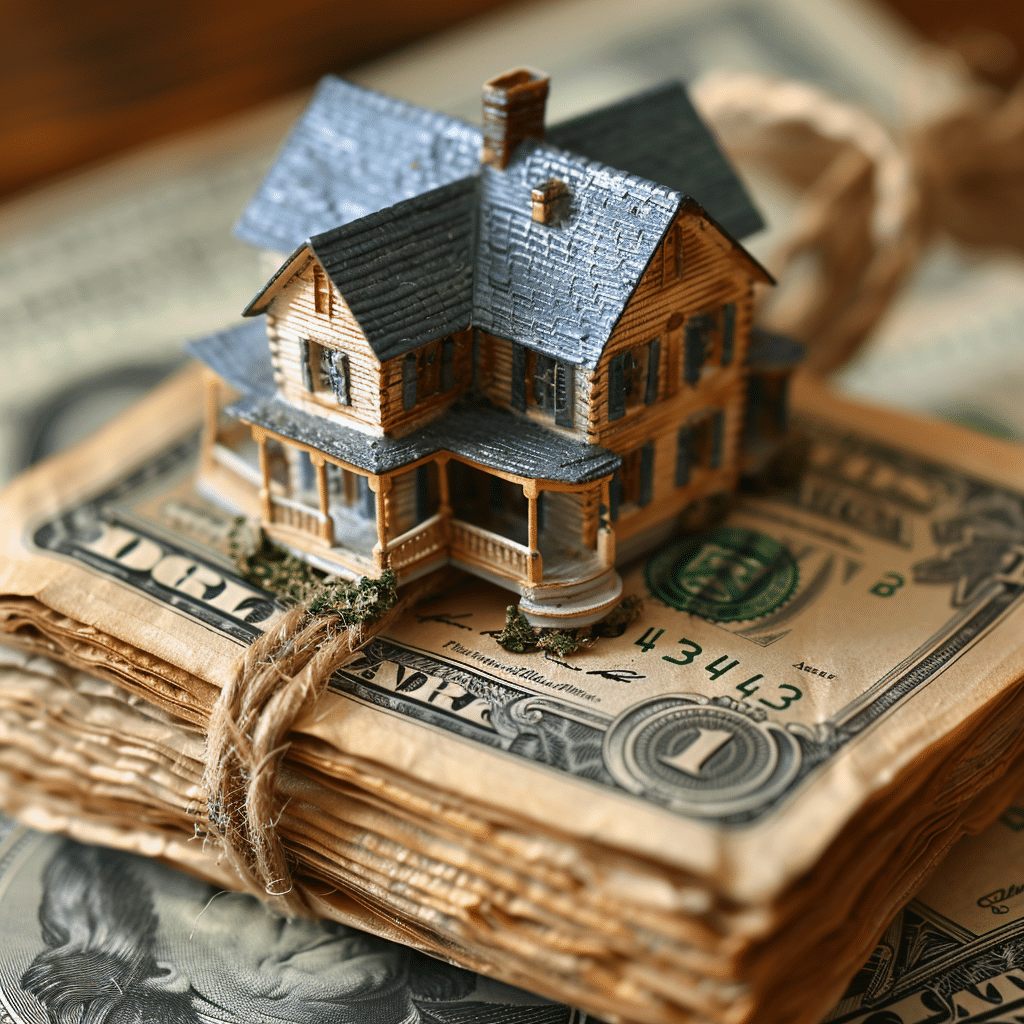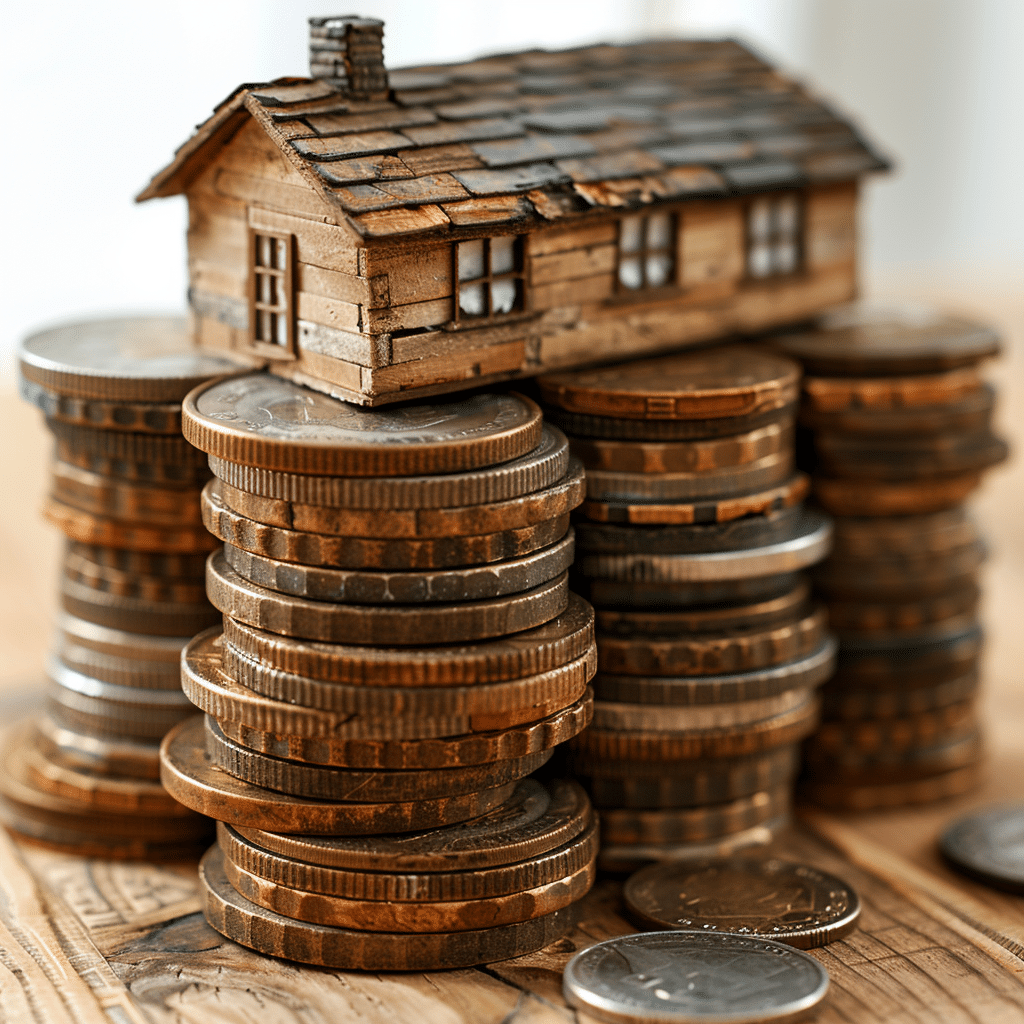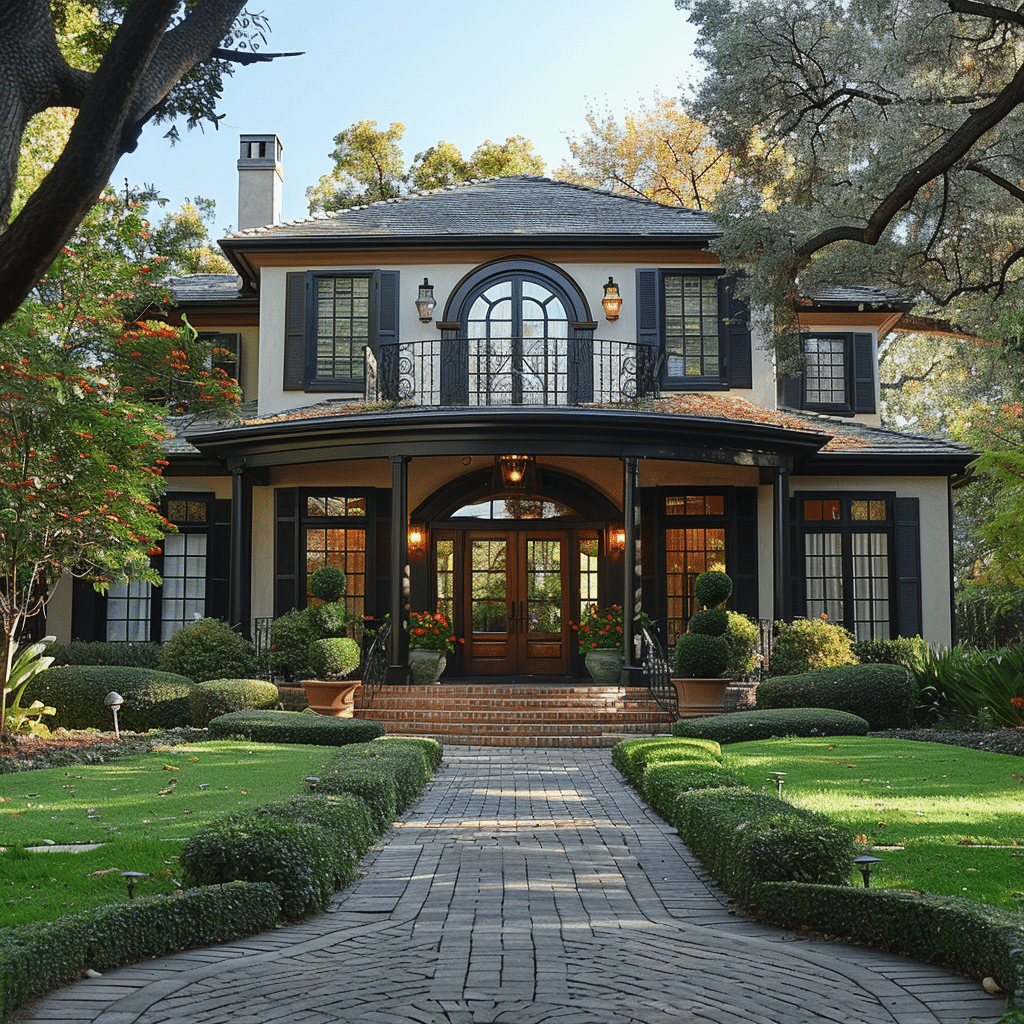A Deep Dive into the Origins and Evolution of Mortgage Rates
The history of mortgage rates began with the very conception of the idea—a lien on a property in exchange for debt. This little seed, sown in ancient times, burgeoned into what we recognize today as the modern mortgage system. The inception of a mortgage rate was a natural progression, a mechanism to compensate lenders for their risk. As far back as we can look, from land contracts in medieval England to the consummation of the American dream post-World War II, the mortgage rate has been the heartbeat of the housing market.
Take a stroll back in time, and you’d find that our ancestors, though not dealing with FICO scores or fixed rates, had their own lending practices. These were largely influenced by societal norms and significant events of their times. Fast forward, and the sparks of industrialization and subsequent economic changes added layers of complexity to the lending tableau.
In the early 1900s, America’s fabric was fundamentally altered by the creation of the Federal Reserve System, which began an intimate dance with the housing market—stepping in time with its alternating rhythms of boom and bust. The trajectory of mortgage rates since then has been a rollercoaster ride, ferociously dipping and soaring in response to the economic climate.

Analysis of Historical Mortgage Rate Fluctuations and Their Drivers
Porcelain your understanding deeper, and you’ll see that historical mortgage rate fluctuations are a mosaic of causes and effects. The post-World War economic boom saw rates that would make contemporary borrowers swoon, but the serenity was not to last. The runaway inflation of the late 1970s and early 1980s sent mortgage rates skyrocketing to double digits, exemplified by historic mortgage rates that peaked painfully in 1981.
What fueled these fluctuations? A conjunction of factors: The Federal Reserve’s monetary policies were often at the helm, steering rates through the choppy waters of inflation, recession, and recovery. The tight grip of high inflation in the ’70s was met with Paul Volcker’s ferocious countermeasures in the ’80s, curtailing money supply and thus raising rates to levels that made homebuyers’ eyes water.
In contrast, socio-economic trends drifted like tides, slowly shaping the landscape. The move to a more service-based economy, changes in household demographics, and evolving consumer confidence tugged persistently at mortgage rates in different directions.

| Year | Average Mortgage Rate | Economic Conditions | Policy Changes & Notable Events |
| 1970s | 8.86% – 12.70% | Stagflation, high energy prices | Deregulation of the deposit institutions |
| 1980 | 13.74% | Recession, high inflation | Volcker’s Fed increased rates to fight inflation |
| 1981 | 16.63% | Recession continues, peak inflation | Economic Recovery Tax Act (ERTA) |
| 1982 | 16.04% | Recession, high unemployment | Garn-St. Germain Depository Institutions Act |
| 1987 | 10.21% | Stock Market Crash (Black Monday) | None significant to mortgage rates |
| 1990s | 8.12% – 7.31% | Economic growth, tech bubble | Deregulation, easing of credit conditions |
| 2000 | 8.05% | Economic boom peaks, downturn begins | Dot-com bubble bursts |
| 2001 | 6.97% | Sept 11 attacks, recession | Federal Reserve lowers rates |
| 2008 | 6.03% | Financial crises, housing market crash | Emergency Economic Stabilization Act |
| 2012 | 3.66% | Recovery from the Great Recession | Federal Reserve’s QE to support the economy |
| 2015 | 3.85% | Moderate economic growth | Federal Reserve begins to raise interest rates |
| 2020 | 3.11% | COVID-19 pandemic, economic lockdowns | CARES Act, Federal Reserve lowers rates to near-zero |
| 2021 | 2.96% | Economic recovery, stimulus packages | Continued low federal funds rate |
| 2022 | 6.42% (as of October) | Inflation surge, Fed tightening monetary policy | Federal Reserve aggressive rate hikes |
The Role of Government Policies in Shaping the History of Mortgage Rates
Since Uncle Sam dipped his toes into the housing market, government policies have had a formidable impact on mortgage rates. Consider the Great Depression—out of its depths emerged the Federal Home Loan Bank Act, an effort to propel home ownership. With it came entities such as Fannie Mae, later Freddie Mac, housing market guardians whose actions often influence interest rates and the availability of loans.
As the decades passed, the government remained an omnipresent actor, with policies sometimes weaving safety nets for borrowers, other times inadvertently leading them into the thicket. Whether through tax deductions for mortgage interest or the deregulation spree of the 1980s, Washington’s hand has been ever-present, guiding or goading mortgage rates in various directions.
The Impact of Technology and Financial Innovations on Mortgage Rates
Now, hold your horses—let’s talk about the revolution technology staged in the mortgage arena. Financial ingenuity crafted mortgage-backed securities, shifting risks and reshuffling the deck of housing finance. Even more transformative, though, has been the advent of the internet and online lending. It’s like genie-in-a-bottle magic for borrowers who now experience home interest rates over time with greater transparency and ease, thanks to platforms that make application nearly as cozy as a fireside chat.
Algorithmic rate predictions and automated underwriting, all these techno-wonders have stirred the pot, bringing competitive rates to the frontline and elbowing traditional banking methods aside. It’s a titanic shift, one that democratizes data and puts power into the palms of those dreaming of their own four walls.
Global Events and Their Lasting Impression on Mortgage Rates
The mortgage stage is not confined within borders; it spans the globe, and international acts often cast long shadows over it. Take the Oil Crisis of the ’70s or the fall of the Berlin Wall—far from mere headlines in history books, these events pulled at the strings of the global economy, causing ripples that rocked mortgage boats.
Most recently, the 2020 pandemic stormed the scene, tossing norms into disarray and prompting central banks worldwide to slash interest rates to historical lows, creating an unforeseen bonanza for borrowers. Global events like these don’t just make a splash; they can reshape the history of mortgage rates for years to follow.
The Dynamic Interplay between Mortgage Rates and the Real Estate Market
My friends, the real estate market’s relationship with mortgage rates is a classic tale of push-and-pull. On one hand, affordable rates can blossom into housing booms; on the other, they can swell into bubbles ready to burst. The mid-2000s housing crisis is a stark reminder of this tango, where the lure of low rates and lax lending practices danced homeownership dreams right off a cliff.
Real estate prices and the ebb and flow of market demand have constantly played their part in nudging mortgage rates this way or that. It’s an intricate ballet, a balancing act that never ceases to bewitch onlookers with its complex choreography of financial and emotional stakes.
The Decade-Wise Dissection of Mortgage Rate Trends
So, let’s break it down, decade by decade, shall we? The 1970s blew in with inflation winds that sent rates climbing, while the 1980s brought tightening policies that had them soaring. Fast forward, and we’ve had tech-savvy 2000s and unpredictable 2010s. As for the 2020s, they’re like a page-turner, and we’re keenly flipping through, wondering what plot twist lies next, armed with data on the historical mortgage interest rates.
What the Current Decade Tells Us About the Future of Mortgage Rates
Gazing into the crystal ball, current mortgage rate trends conjure a sense of déjà vu, but with a spin. Economic recovery efforts from global shake-ups have central banks knitting eyebrows, pondering their next move. Here we stand, amidst an economy tinged with the lasting effects of a pandemic, with Fed policies under constant scrutiny. Will innovation lead to yet another reimagining of the housing finance approach?
Rethinking the Story of Mortgage Rates: Where Do We Go from Here?
Alright, let’s tie it all together—what’s the climax of our mortgage rate narrative? Today’s chapters are being written with the ink of technology, climate change, and demographic shifts. As we equip ourselves for the mortgage morrow, insights into how these factors may steer rates are more than just intellectually satisfying—they’re practical lighthouses in the misty waters of future home financing decisions.
In conclusion, the history of mortgage rates is not a yarn spun and done—it’s an ongoing saga, with its roots buried deep in our socio-economic landscape. It’s our task, be it as borrowers, lenders, or mere students of the game, to peer through the kaleidoscope of the past and make sense of the patterns, because, one thing’s for sure—the story never ends, it merely evolves. And as intrepid navigators of this voyage, we must keep our compass set to wisdom, wearing our lifejackets of prudence, because who knows what the tides will carry in on the morrow?
Exploring the Historical Twists of Mortgage Rates
Diving into the history of mortgage rates, we find that it’s chock-full of twists as surprising as the plot of a high-stakes blockbuster. Imagine if The cast Of The fifth element were to tackle the topic; the galactic saga would no doubt be as colorful and unexpected as the actual shifts in mortgage rates through the decades. It’s a rollercoaster ride that can make your head spin faster than the latest moves on Adidas Clogs.
From post-World War II optimism that had Americans dancing their way into new homes to the soaring interest rates of the early 1980s that put homeownership beyond reach, the landscape of mortgage rates has been as varied as the tunes you’d hear at a gay club. Did you know, for instance, that mortgage rates in the late ’70s and early ’80s jumped so high that they would’ve had anyone clutching their wallet as tightly as their stuff Your kindle filled with economic horror stories? It’s true; the Federal Reserve had to tighten the money supply resulting in mortgage rates reaching a jaw-dropping 18% by 1981.
Picture yourself trying to buy a domain in today’s market with mortgage rates as high as your hopes on a first visit to an exhibit featuring Sandra otter, only to have those hopes dashed by numbers that seem to have taken a space elevator to the stratosphere. While we’ve come a long way from the heady days of virtually free money lending post-World War II, the historic peaks and valleys of mortgage rates serve as a stark reminder of the economic shifts that can occur seemingly out of the blue.
In the grand scheme, the history of mortgage rates is about as staid as a debate at a shoelace convention. The stakes are sky-high, and the outcomes unpredictable. But just as adventurers relish a challenge, savvy buyers and economists have learned to ride these waves with the finesse of a seasoned surfer. And hey, isn’t a bit of unpredictability what makes life interesting? Just when you think you’ve seen it all in home buying, along comes another curveball that makes you rethink your game.




